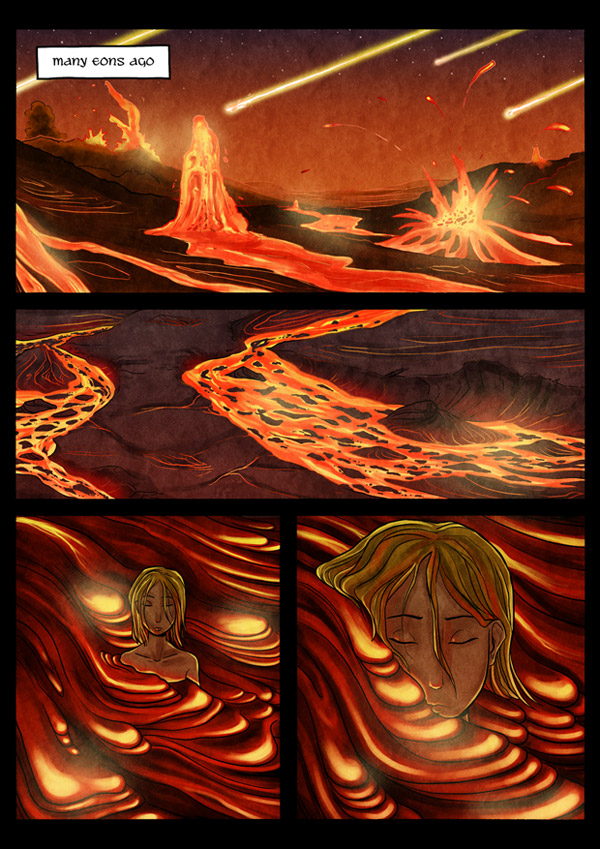Full article here.
Geologists have discovered in Greenland evidence for ancient life in rocks that are 3.7 billion years old. The find, if confirmed, would make these fossils the oldest on Earth and may change scientific understanding of the origins of life.
Experts are likely to debate whether the structures described in the new report were formed biologically or through natural processes. If biological, the great age of the fossils complicates the task of reconstructing the evolution of life from the chemicals naturally present on the early Earth. It leaves comparatively little time for evolution to have occurred and puts the process close to a time when Earth was being bombarded by destructive asteroids.
They are some 220 million years more ancient than the oldest previously known fossils, also stromatolites. Those are 3.48 billion years old and were discovered in the Pilbara Craton of Western Australia.
The new report provides the oldest direct evidence of microbial life, said Gerald Joyce, an expert on the origin of life at the Scripps Research Institute in La Jolla, Calif.
Another expert in the early Earths environment, Tanja Bosak of M.I.T., said the structures do resemble modern stromatolites but their origin will be hotly debated, given there is no sign of certain features that might bolster the case for biological origin, such as crinkling in the layers of sediment.
Several different species of microbes are involved in stromatolite creation. The Isua structures, if indeed stromatolites, would represent fairly evolved organisms.
Dr. Nutman argues that life must therefore have originated even earlier, probably in the late Hadean stage of Earths history, which lasted from 4.65 billion years ago when the planet formed from debris in orbit around the sun to 4 billion years ago.
But the Hadean was so called because of the hellish conditions thought to have prevailed, including cataclysmic meteorite impacts that boiled the oceans into steam and turned Earths surface into molten lava. The largest of these impacts, at 4.5 billion years ago, tore a piece from Earth that became the moon.
It is difficult to see how life could have begun under such circumstances. But some geologists now favor a milder version of the Hadean, with the rain of asteroids quickly tapering off after the moon was formed.
This cataclysm, known as the Late Heavy Bombardment, hit Earth between 3.9 and 3.8 billion years ago.
Dr. Nutman believes life could have survived through the end of the Hadean and the bombardment. Some geologists, he notes, now think the asteroid impacts were spread over time, lessening their effects.
The Late Heavy Bombardment is becoming less heavy as the years go by, he said.
But others believe the bombardment was no light peppering. Evidence of these ancient craters has vanished from Earth but is still evident in the pockmarked face of the moon. And for every crater on the moon, 20 would be expected to have been made on Earth.
The moon has two craters more than 600 miles across that were created during the Late Heavy Bombardment. Some 40 craters this size may have been gouged out of our planet in the same interval, said William F. Bottke, an asteroid expert at the Southwest Research Institute in Boulder, Colo.
By comparison, the asteroid that wiped out the dinosaurs 66 million years ago left a crater only 110 miles in diameter.
If life on Earth did not begin until after the Late Heavy Bombardment, then it had a mere 100 million years in which to evolve to the quite advanced stage seen in the new fossils.
If so, Dr. Allwood wrote, then life is not a fussy, reluctant and unlikely thing. It will emerge whenever theres an opportunity.
But the argument that life seems to have evolved very early and quickly, so therefore is inherently likely, can be turned around, Dr. Joyce said. You could ask why, if life were such a probable event, we dont have evidence of multiple origins, he said.
In fact, with trivial variations, there is only one genetic code for all known forms of life, pointing to a single origin.


